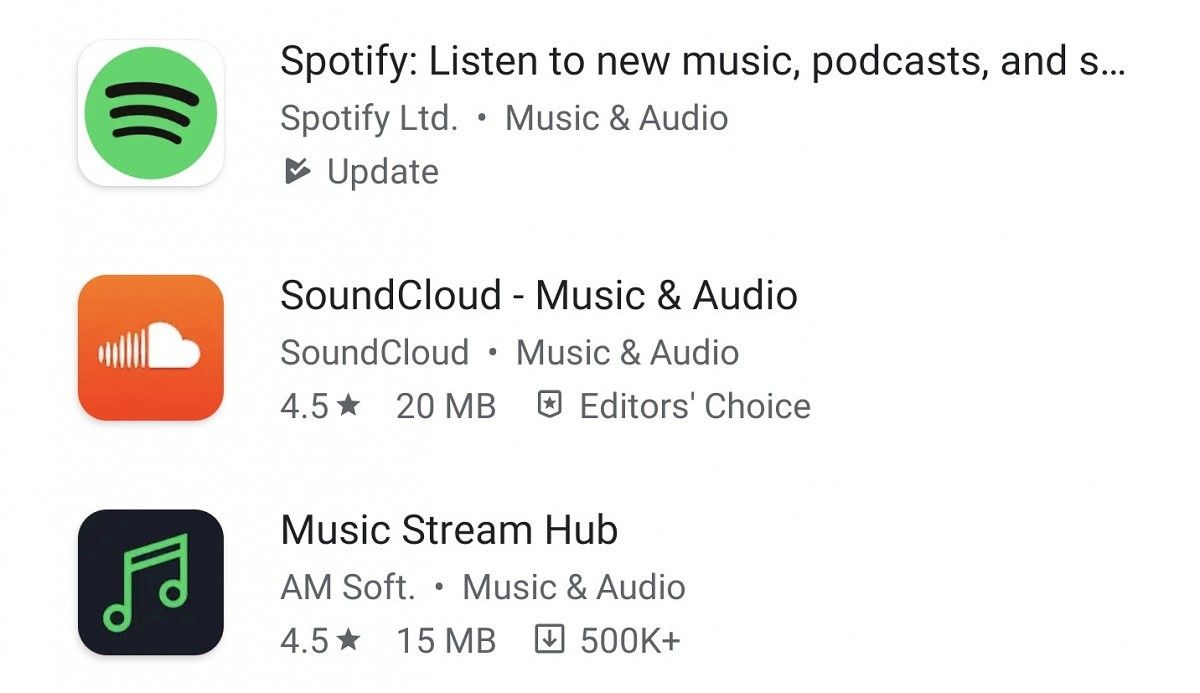OPPO launched the Reno3 and Reno3 Pro in China in the last few days of 2019. This OPPO Reno3 Pro claims to be the world’s thinnest dual-mode 5G phone with the Qualcomm Snapdragon 765G inside, while this OPPO Reno3 is powered by the MediaTek Dimensity 1000L 5G SoC. In March 2020, OPPO sought to bring the Reno3 and Reno3 Pro to markets across the globe. But curiously, the Reno3 (Global) and Reno3 Pro (Global) that were launched turned out to be different products than what the company had offered to the Chinese market. Now, it appears that OPPO will purportedly bring the Chinese Reno3 (Vitality Edition) and Reno3 Pro to the global markets as the Find X2 Lite and Find X2 Neo.
OPPO Find X2 Lite

OPPO Find X2 Lite aka Chinese OPPO Reno3
Pricebaba has obtained renders of the rumored OPPO Find X2 Lite, which bear a strong resemblance to the Chinese OPPO Reno3 Vitality Edition.
The Chinese OPPO Reno3 Vitality Edition was quietly launched in February 2020, and it lies in between the Chinese Reno3 and the Pro variant in terms of specifications, while its design is close to the Reno3. While the Chinese Reno3 has the MediaTek Dimenstiy 1000L, the Vitality Edition comes with the Snapdragon 765 SoC, while the Global Reno3 comes with the MediaTek Helio P90. It’s the Vitality Edition that is seeing a rebrand to the Find X2 Lite, so it appears to be a good choice prima facie.
OPPO Find X2 Neo

OPPO Find X2 Neo aka Chinese OPPO Reno3 Pro
Pricebaba obtained renders of the rumored OPPO Find X2 Neo, and it strongly resembles the design of the Chinese Reno3 Pro.
The Chinese OPPO Reno3 Pro is a completely different device than the Global OPPO Reno3 Pro. The Chinese varaint has a single hole-punch selfie camera design, curved 90Hz display, and 5G support with the Snapdragon 765G. The Global variant, on the other hand, comes with the MediaTek Helio P95, a dual hole-punch selfie camera design, and a flat 60Hz display.
OPPO’s decision to rebrand different devices under the same name, and then release the leftover device under a different name only serves the purpose of confusing us as users. While both the Find X2 Neo and Find X2 Lite have not been released yet and hence are only “rumored” to be released for the global market, it still begs the question as to why OPPO did not release the original Chinese Reno3 and Chinese Reno3 Pro as the same-named devices globally, and release the Global Reno3 and Global Reno3 Pro under a different name. There’s scope for simplification of branding here, and we hope OPPO takes this feedback for its future releases.
The post OPPO may launch the Chinese Reno3 and Reno3 Pro globally as the Find X2 Lite and Neo appeared first on xda-developers.
from xda-developers https://ift.tt/2WNgfp2
via IFTTT


